Discover the world’s rarest duck
The Madagascar pochard was thought to be extinct for 15 years before a population was found living on a remote lake in 2006.
A lack of invertebrates in the lakes, increased siltation and invasive fish introduced to lakes led to the decline of pochard populations, caused by human exploitation of the environment.
Durrell's work with the species first began in 1989 and the captive breeding programme was established in 2009, with the first ducks hatching in 2011. Since then, the birds have been successfully breeding in captivity, and in 2018, a group of 21 individuals were released into the wild for the first time.
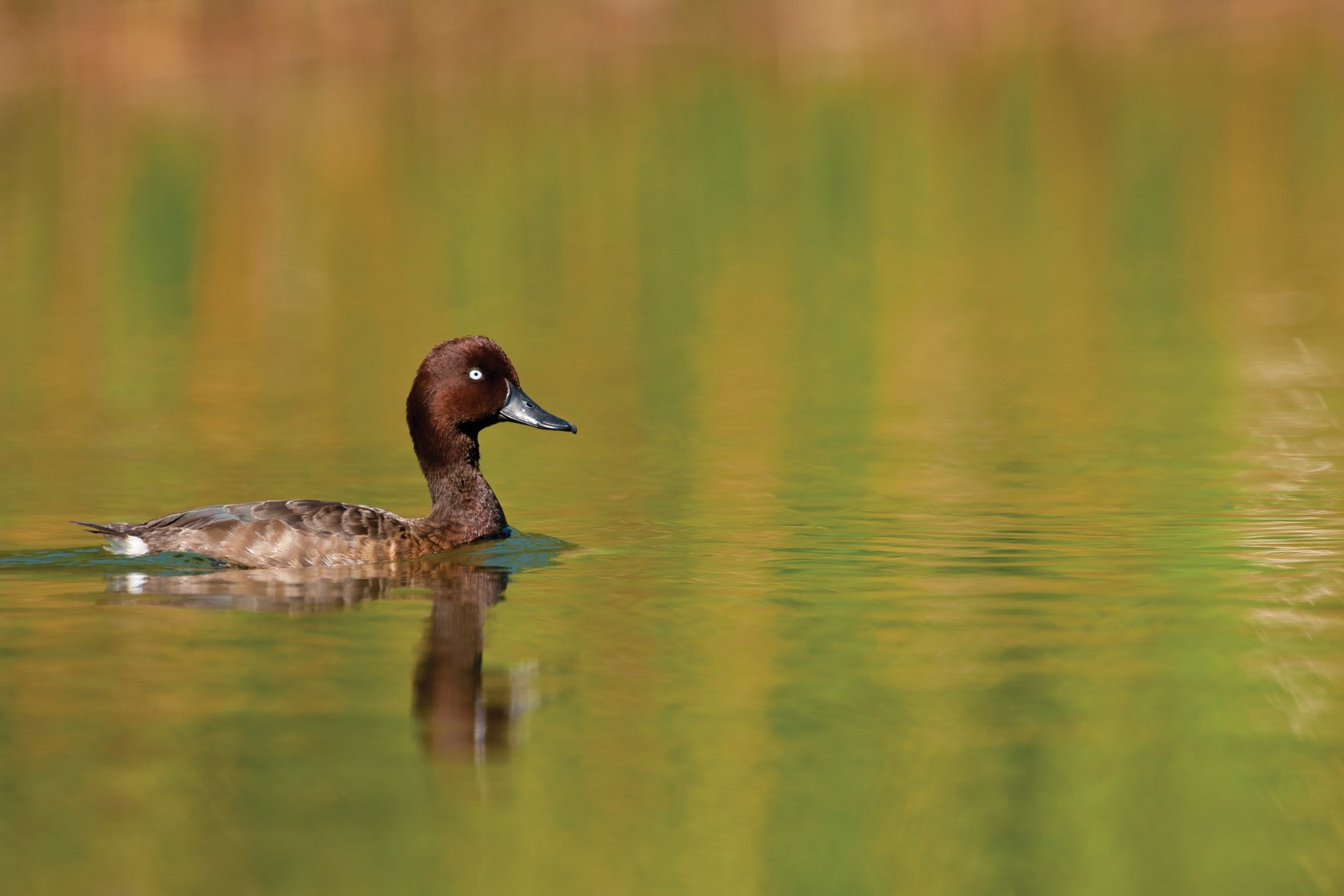
2009
Captive breeding programme starts
56
Released into wild
70
Estimated wild population
Since 2018, Durrell has released 56 pochards into the wild
Our conservation work
What we're doing to help save pochards
Meet Felix Razafindrajao, Coordinator of the Madagascar pochard project, and learn more about the work we’re doing to save the world's rarest duck.
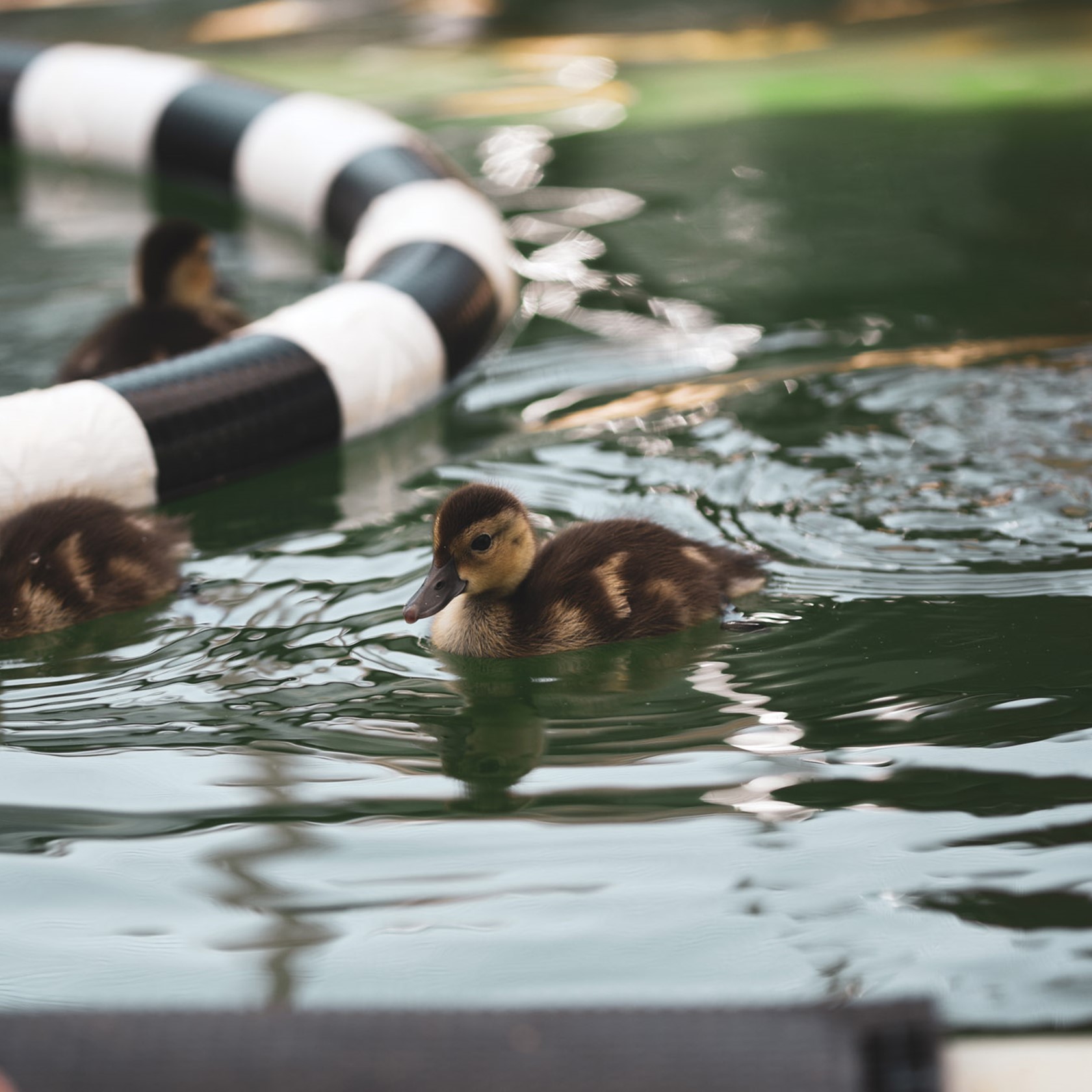
Support our work

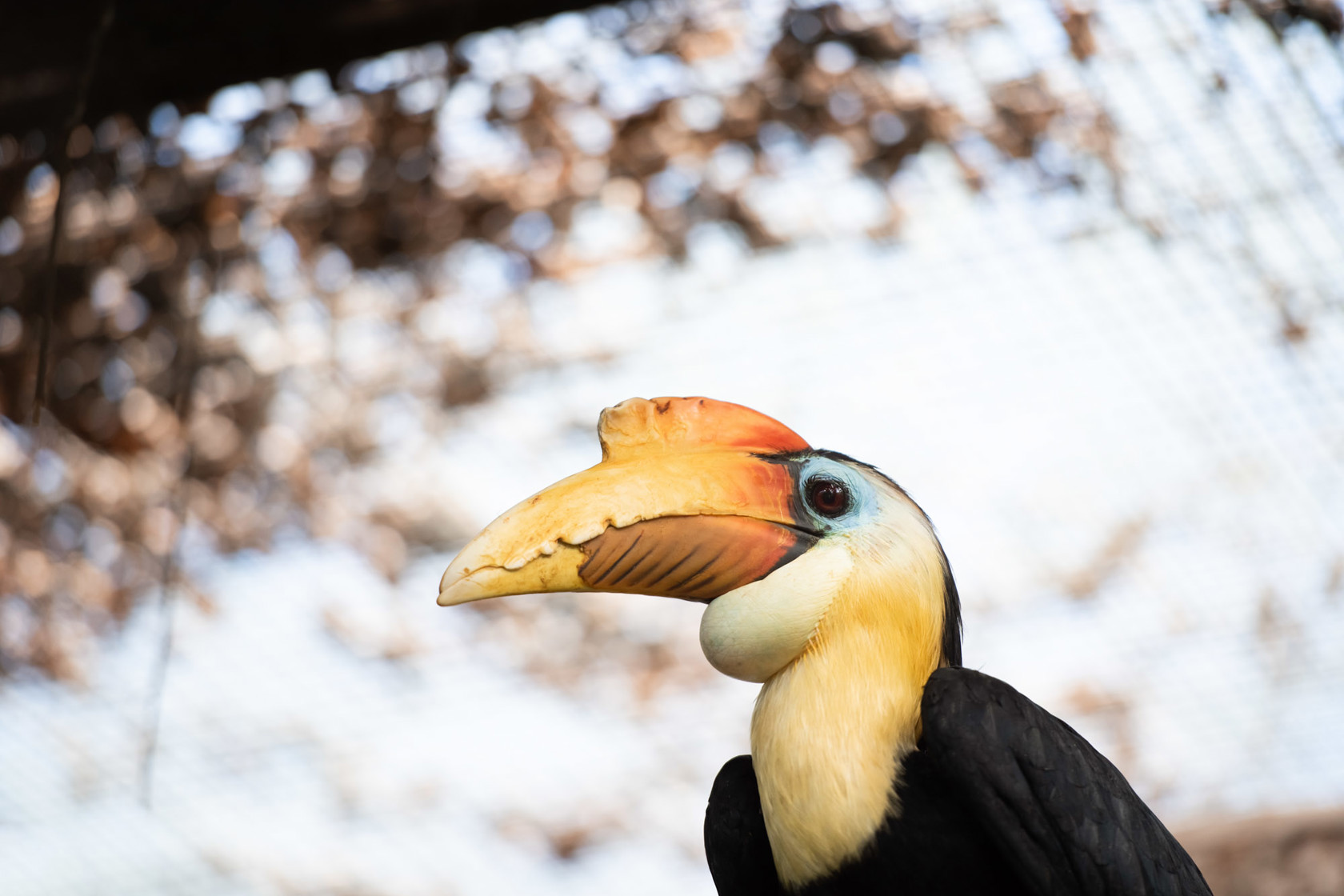
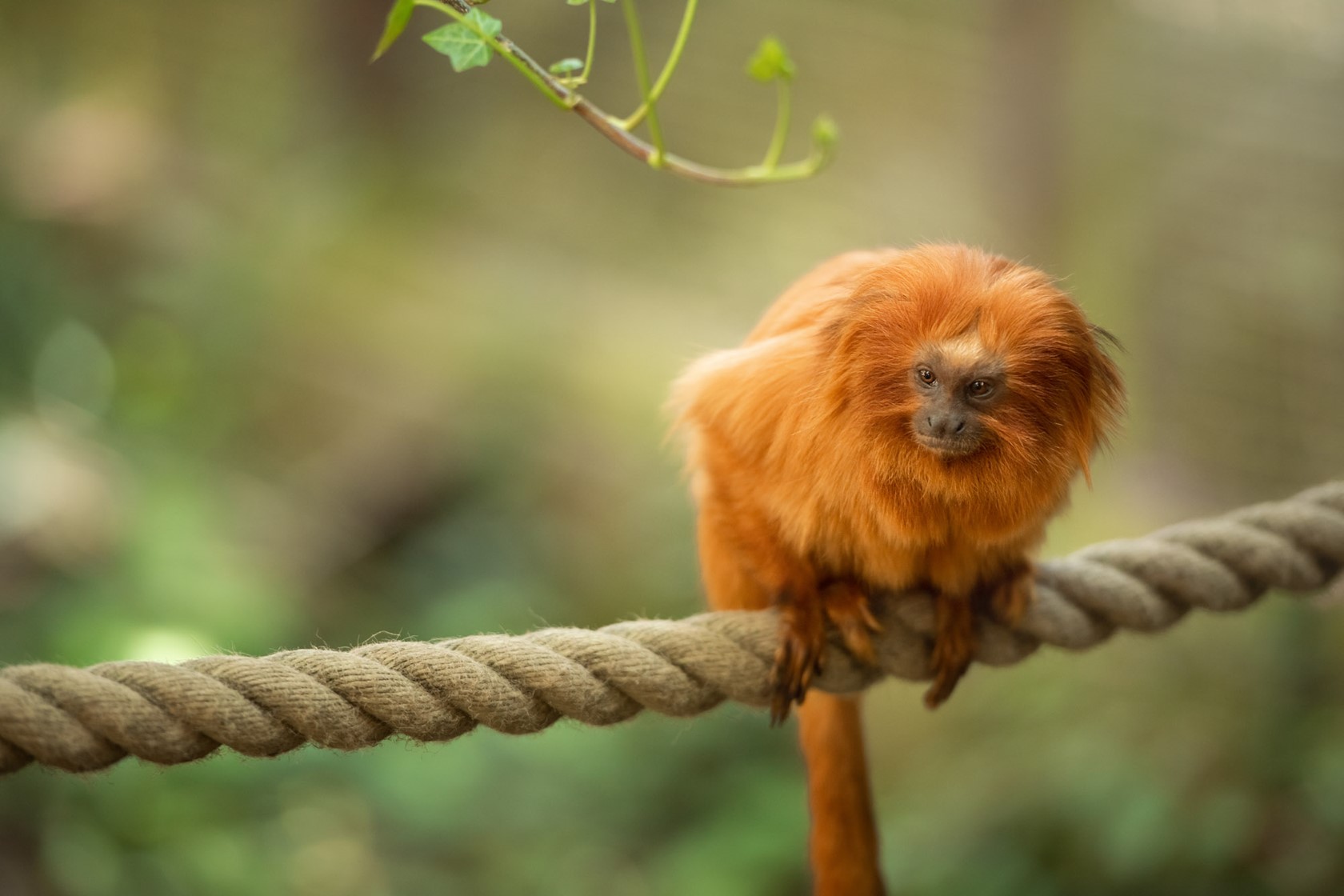
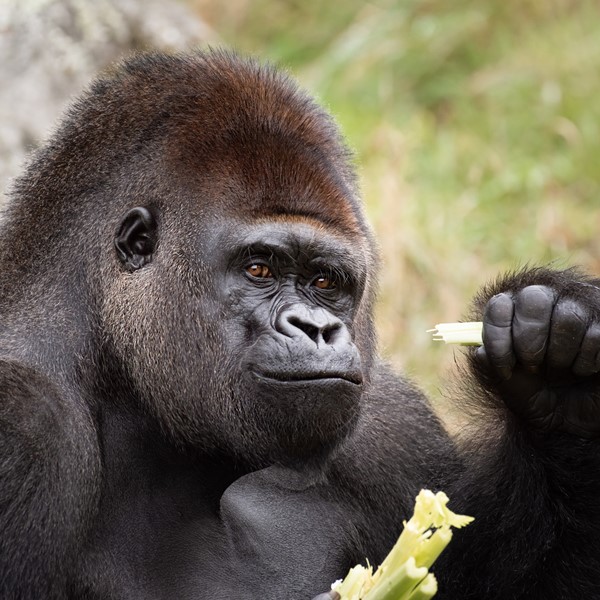 Mammals
Mammals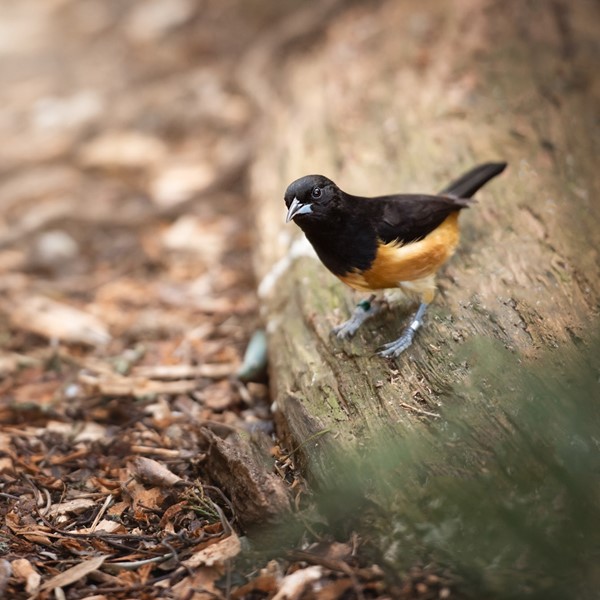 Birds
Birds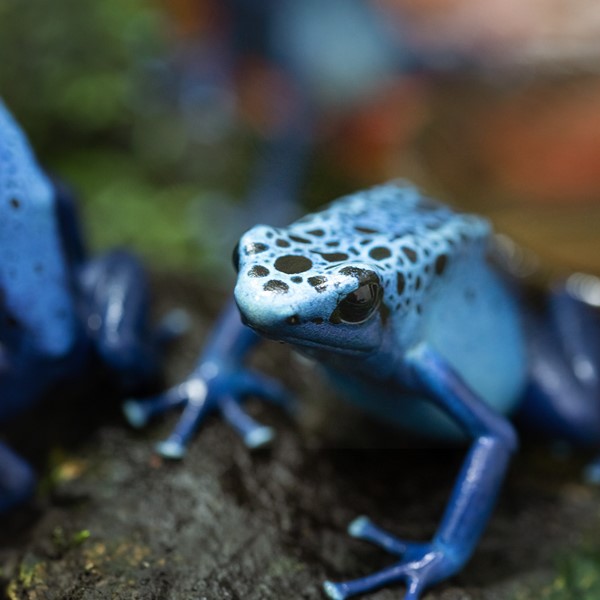 Amphibians
Amphibians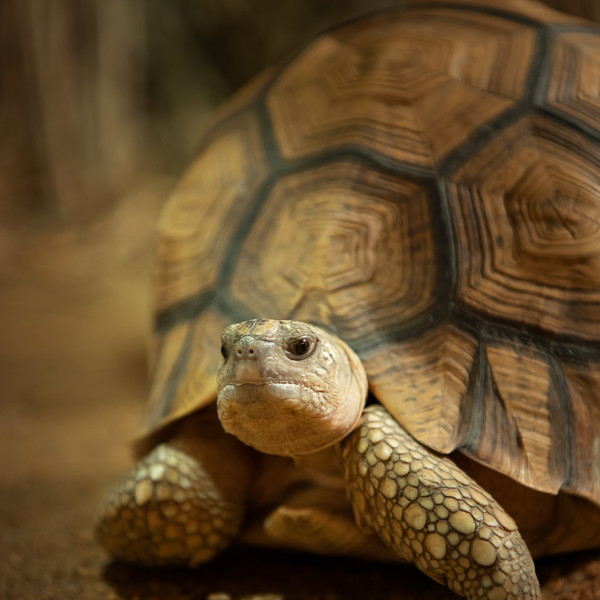 Reptiles
Reptiles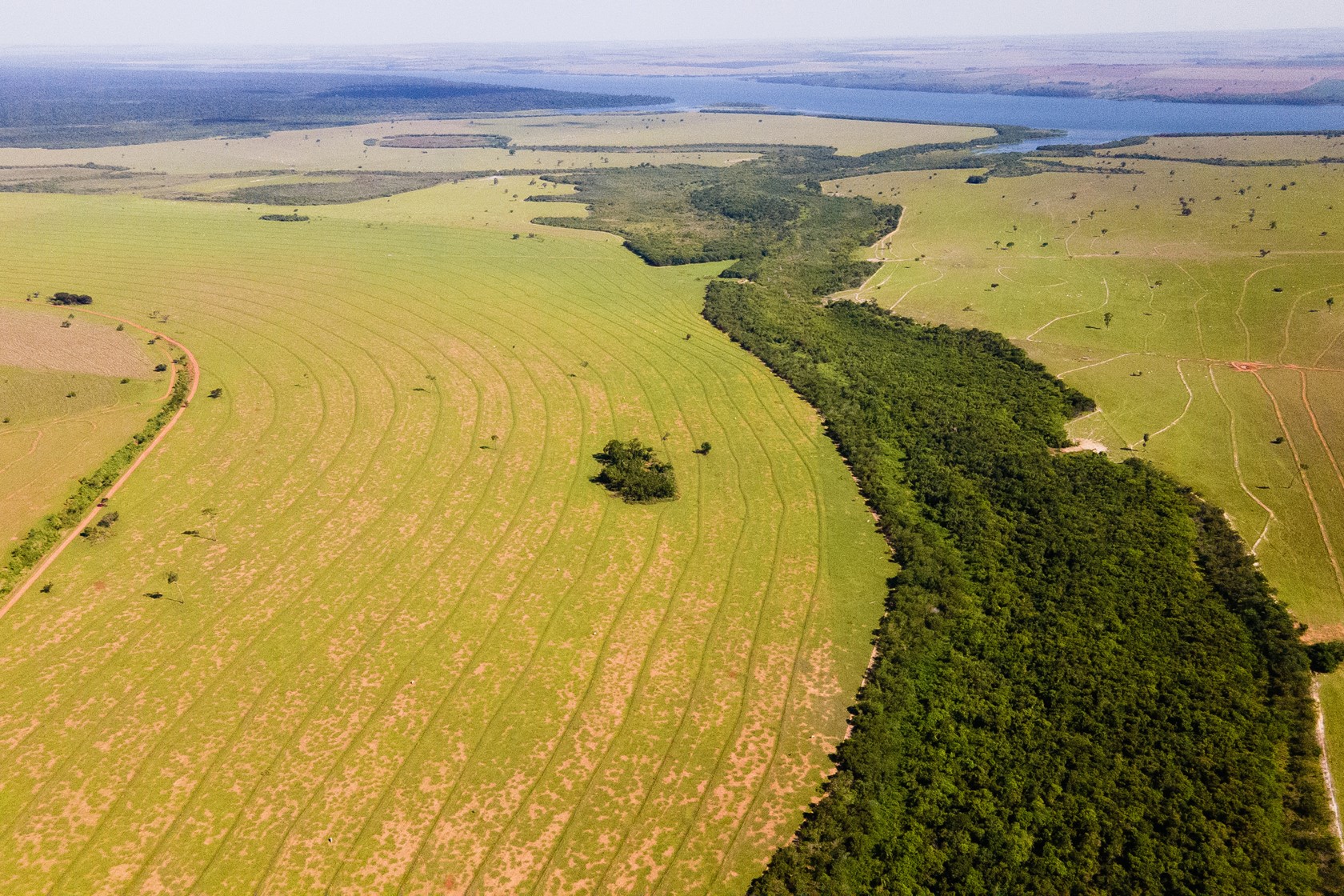
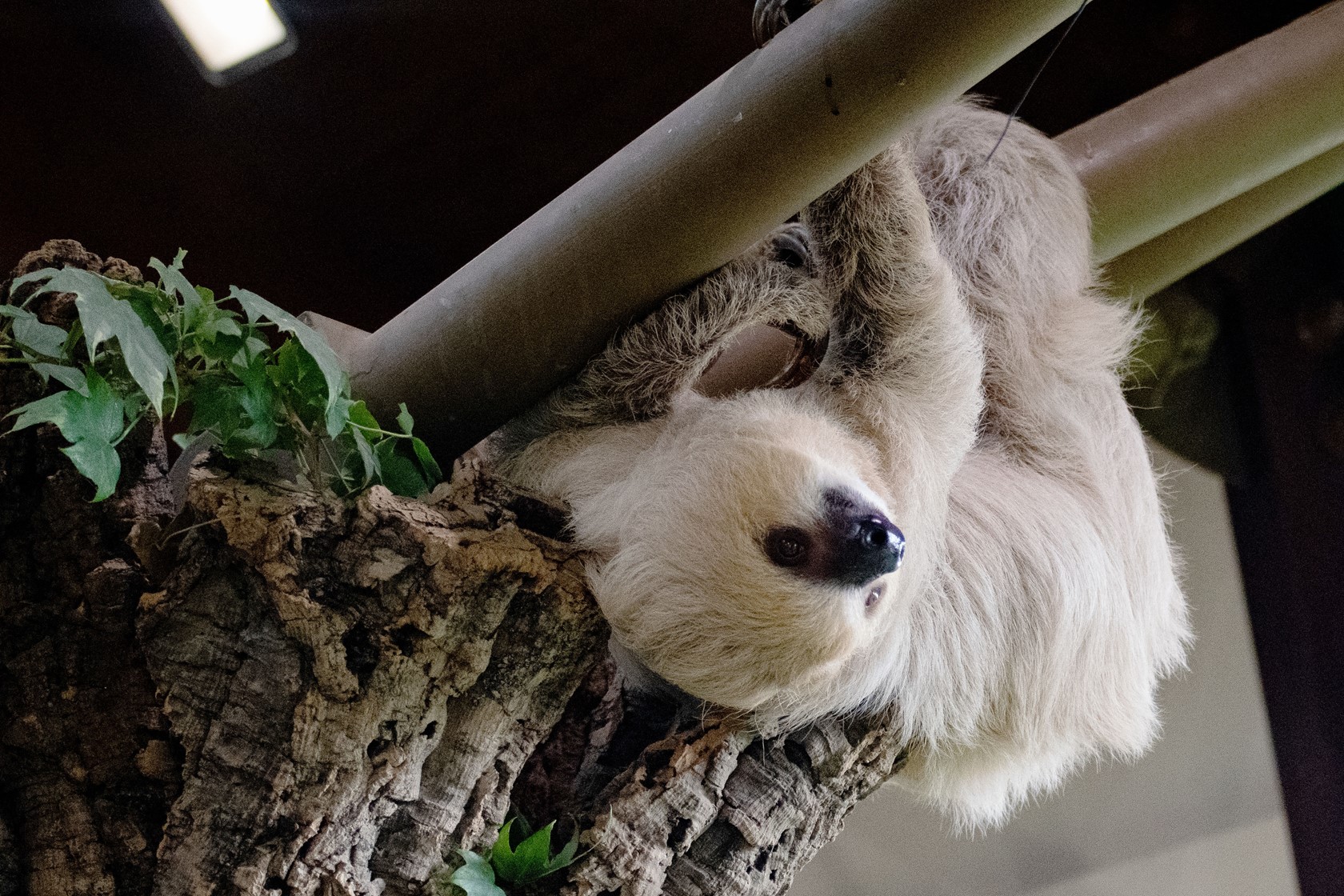


![Umbraco.Core.Models.MediaWithCrops`1[Umbraco.Web.PublishedCache.NuCache.PublishedContent]](/media/4qylyglb/pochard-wild-life-2020-vol1-2010-gerado-garcia-09.jpeg?anchor=center&mode=crop&quality=90&width=1680&height=1120&rnd=132872632234970000)
![Umbraco.Core.Models.MediaWithCrops`1[Umbraco.Web.PublishedCache.NuCache.PublishedContent]](/media/d2kbnw55/pochard-wild-life-2020-vol1-2015-05.jpeg?anchor=center&mode=crop&quality=90&width=1680&height=1120&rnd=132872632223370000)
![Umbraco.Core.Models.MediaWithCrops`1[Umbraco.Web.PublishedCache.NuCache.PublishedContent]](/media/rnef5pkh/pochard-wild-life-2020-vol1-2015-06.jpeg?anchor=center&mode=crop&quality=90&width=1680&height=1120&rnd=132872632240730000)